FUNCTIONALITY
Multi Factor Authentication
Take user account security to the next level
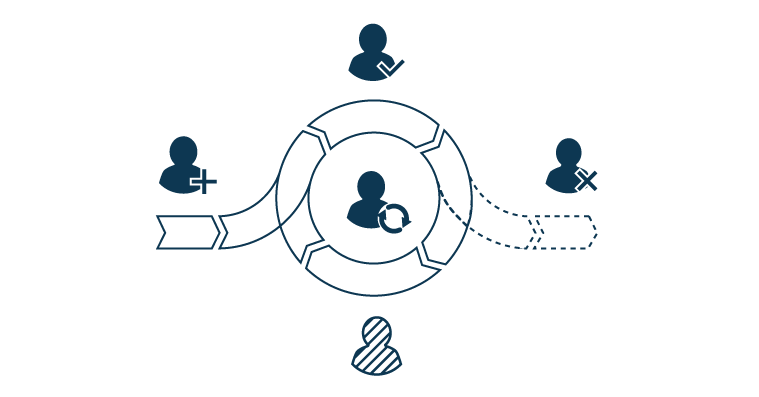
Enhance your security with Multi-Factor Authentication
Multi-Factor Authentication, often abbreviated as MFA, is an advanced authentication method that significantly bolsters the security of user accounts. Instead of relying solely on a username and password, MFA requires users to confirm their identity through multiple means. These can range from a one-time password received via SMS or via an app, to even biometric data like a fingerprint.
- Increased security: The utilization of multiple authentication methods substantially diminishes the risk of unauthorized access, even if a password is compromised.
- Protection of sensitive data: MFA aids organisations in safeguarding access to their most sensitive systems and data, thereby minimizing the risk of data breaches.
- Compliance: MFA empowers organizations to adhere to a variety of security standards and regulations, which is pivotal in numerous industries.
Unlock the potential of Multi-Factor Authentication with HelloID
Click here to learn more about our comprehensive HelloID platform and how it can enhance the security and efficiency of your organisation.
Why choose Multi-Factor Authentication?

Protect your business against password leaks
Even if passwords get into the wrong hands, MFA adds an extra layer of security that prevents unauthorised access and reduces dependence solely on passwords.
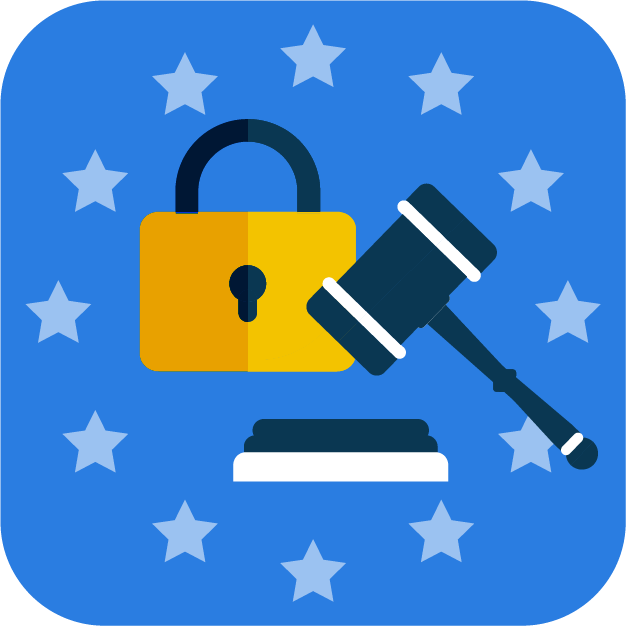
Meeting compliance and regulatory requirements
Many industries and regulatory bodies mandate MFA due to elevated security standards. Utilising MFA showcases your organization’s proactive efforts to safeguard sensitive information.
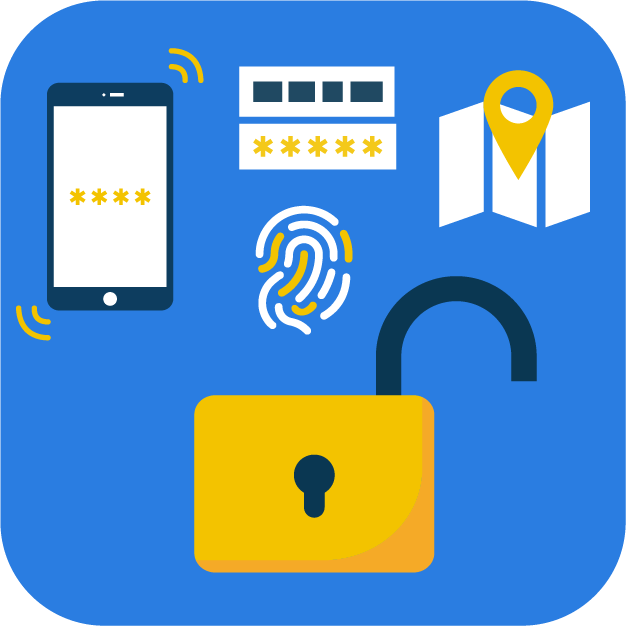
Conditional
access
Through MFA, you can customize authentication based on specific business rules and risk assessments, such as a user’s location or role, striking a balance between security and user convenience.
A Look at the Options
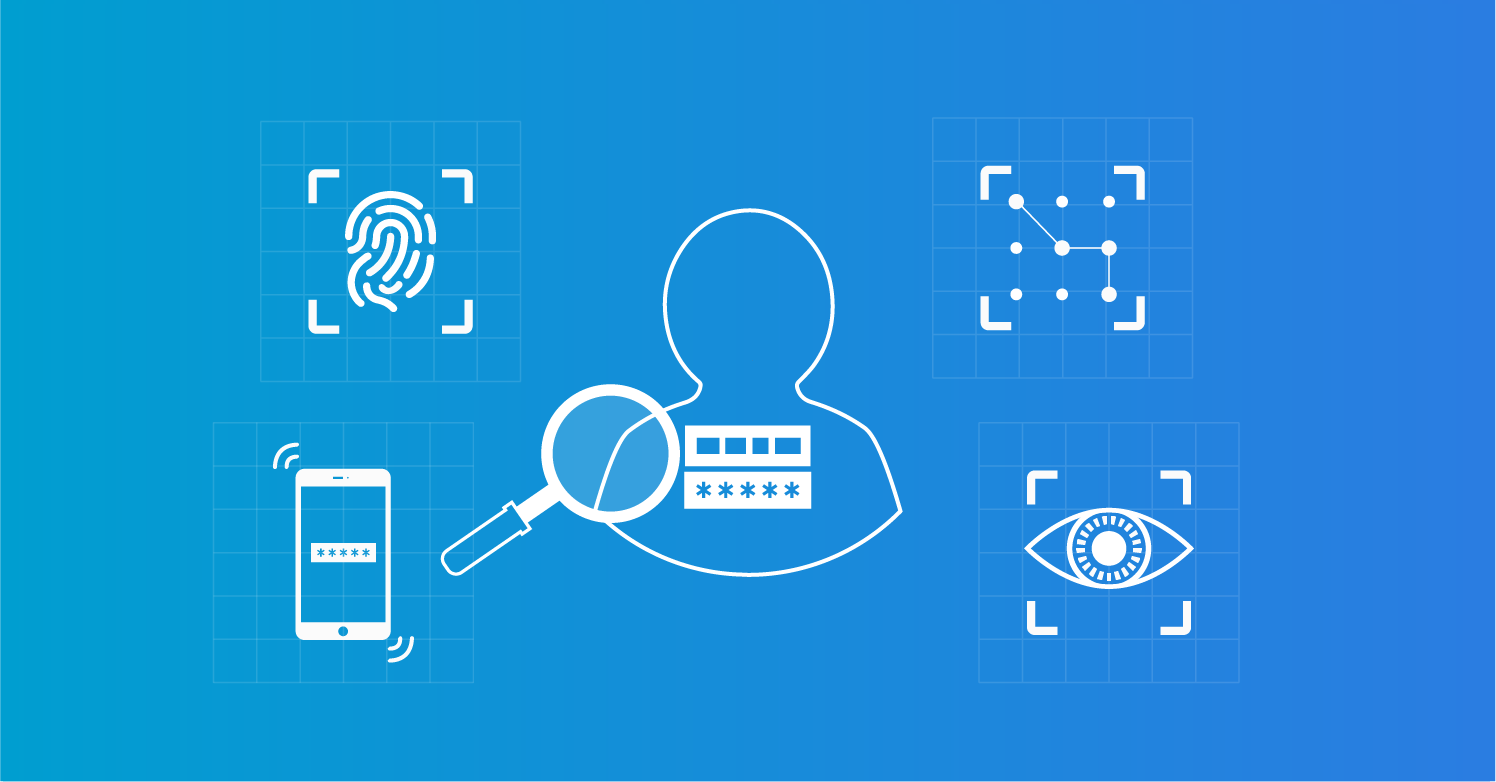
Diverse authentication methods
MFA provides a wide array of authentication tools, from traditional passwords and security questions to advanced biometrics such as fingerprints and facial recognition. This ensures adaptable and robust security solutions that cater to each organisation’s unique needs.

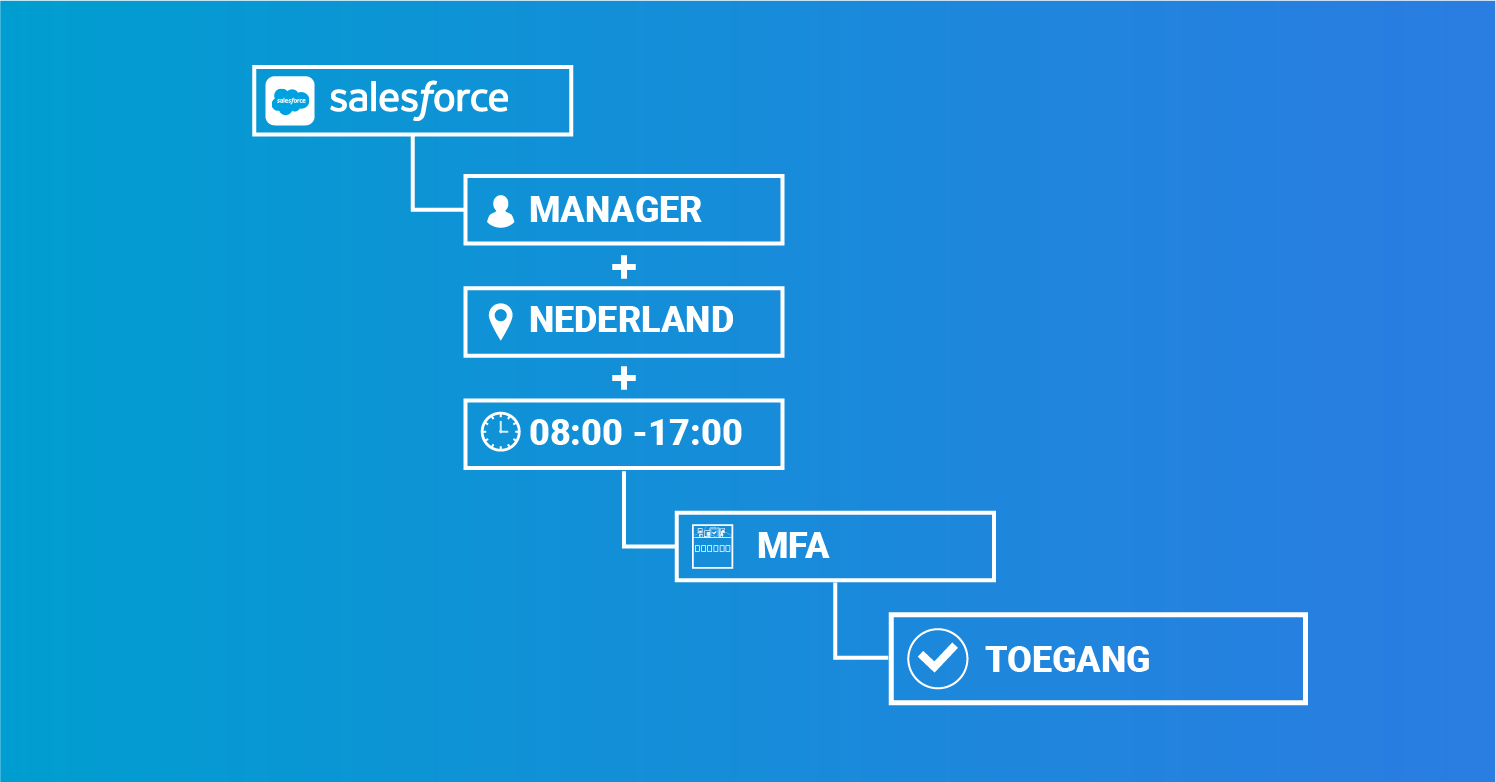
Rule-based authentication
Customise MFA based on specific business rules. Depending on a user’s role, location or behavior, you can adjust authentication requirements. For instance, an employee requesting access to sensitive data may need to complete an additional verification step. This approach strikes a balance between user convenience and security, prioritising security when the risk is higher.

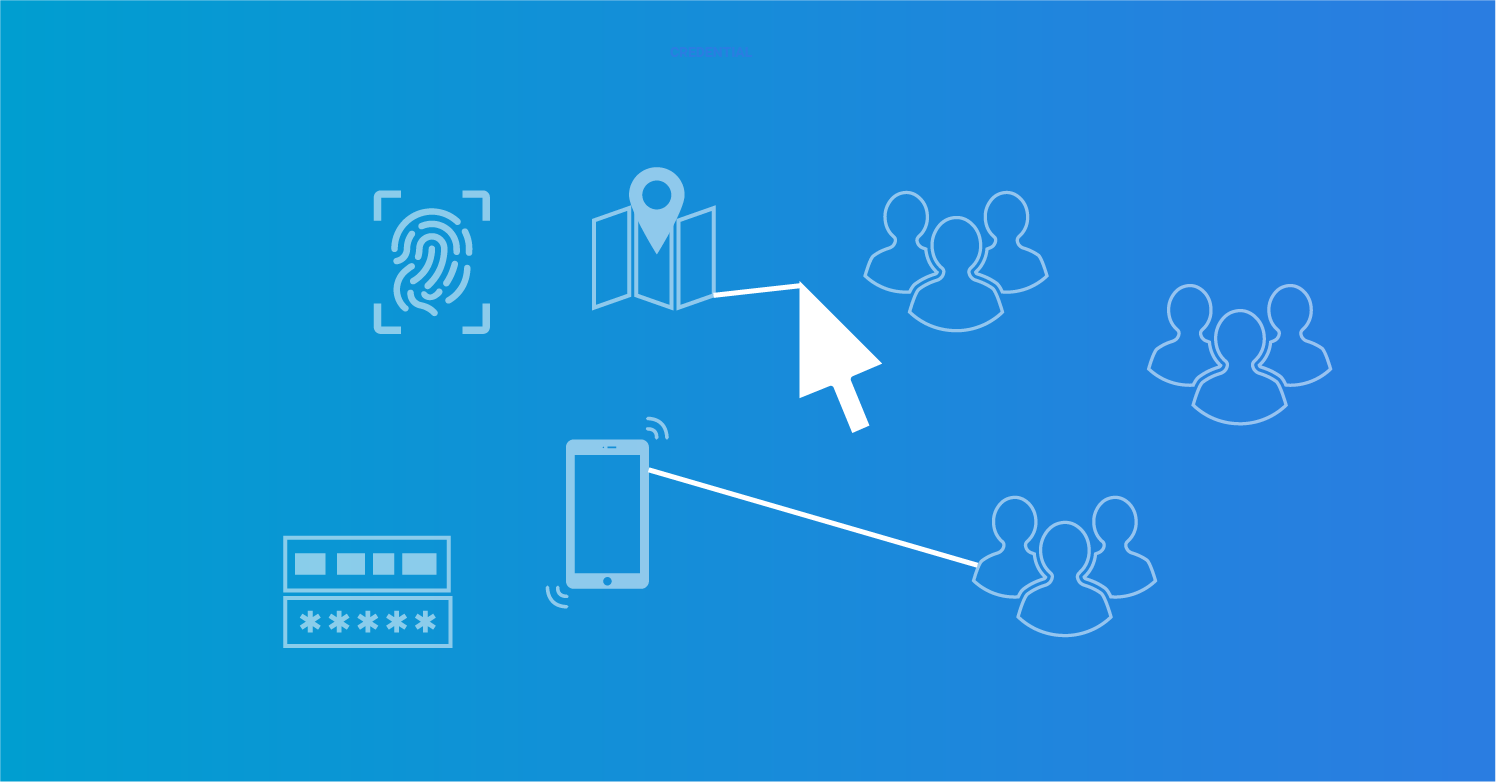
Tailor MFA to your preferences
The flexibility of MFA means you can choose how to implement it. Whether you opt for rigorous security measures for all users or a more personalised approach for different departments, the power to decide is in your hands.

Multi-Factor Authentication & HelloID Access Management
The HelloID Access Management module is a part of the Identity & Access Management (IAM) solution known as HelloID. This module handles user authentication and ensures that only authorised users have access to your applications and data. HelloID Access Management ensures secure and uniform access to all resources required by users to perform their tasks.
Explore the benefits of HelloID for your organisation
Discover how our cloud-based IAM solution enables organisations to improve productivity, security, compliance and generate cost savings through automated user and access rights management.
FAQ
Multi-Factor Authentication (MFA) is an authentication method that involves multiple layers of security. It involves a combination of standard login credentials, a one-time password delivered to the user via SMS or via an app and a biometric identification method, such as a fingerprint.
Multi-Factor Authentication and Two-Factor Authentication (2FA) are methods of authentication both methods of authentication that require users to verify their identity beyond their usual login credentials. Two-Factor Authentication typically involves two authentication methods, such as login credentials and a one-time password delivered via SMS or via an app. Multi-Factor Authentication, on the other hand, allows for the addition of extra authentication methods.
Multi-Factor Authentication requires users to confirm their identity through multiple means before accessing applications. This safeguards against unauthorized access by individuals who wrongfully obtained login credentials. In essence, Multi-Factor Authentication takes your security to the next level.
Many industries and regions enforce rigorous data security regulations. This frequently includes the requirement to effectively safeguard sensitive data, a goal that Multi-Factor Authentication significantly contributes towards. In some instances, Multi-Factor Authentication is explicitly mandated for compliance.